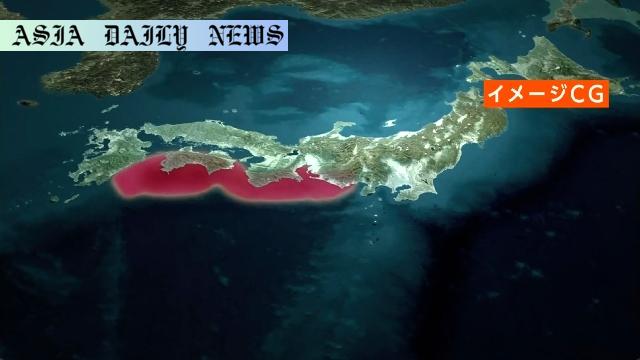Megaquake: The Japanese government updates its projections for the death toll, highlighting the need for quake-resistant initiatives.
The Japanese government revised projections estimating nearly 298,000 deaths from a potential megaquake in the Nankai Trough.
The updated projection shows a slight improvement but falls short of the disaster mitigation goals set in 2014.
Experts emphasize the urgency of making homes and buildings quake-resistant to reduce risk and damage.
Public awareness and participation in evacuation drills have improved over the past decade, but these changes were not accounted for in the projections.

Japan’s Updated Megaquake Projections
The Japanese government has released an updated estimate of the potential death toll and damage from an anticipated megaquake in the Nankai Trough. The new projection estimates up to 298,000 fatalities in a worst-case scenario, alongside the destruction or burning of 2.35 million buildings. While the figures are slightly lower than those estimated over a decade ago, the changes are modest—only an 8 percent reduction in the death toll and a 2 percent decrease in building damage.
Challenges in Achieving Disaster Mitigation Goals
The 2014 disaster mitigation plan aimed to reduce the projected death toll by 80 percent and building damage by 50 percent within a decade. However, the recent projections highlight that these ambitious goals remain unmet. According to experts, a significant portion of the population still resides in homes and buildings that are not earthquake-resistant. These conditions underscore the need for accelerated government and community efforts to improve structural resilience.
The Role of Public Awareness and Preparedness
One notable critique of the revised projections is their failure to account for changes in public awareness and preparedness. Professor Sekiya Naoya from the University of Tokyo points out that the frequency of evacuation drills has increased significantly in high-risk areas, particularly following the devastating 2011 disaster in northeastern Japan. Regular surveys to gauge residents’ understanding of evacuation protocols and disaster responses could provide more insight into how preparedness has evolved.
Expert Recommendations for Addressing Risks
Experts, including Nagoya University Professor Emeritus Fukuwa Nobuo, recommend a multifaceted approach to disaster mitigation. This includes encouraging retrofitting and rebuilding homes to meet modern quake-resistant standards, expanding community outreach and education programs, and ensuring timely updates to projections that reflect changing conditions.
The Importance of Continued Government Support
Despite the unmet goals, the government remains committed to disaster preparedness initiatives. Regular reviews of progress and the implementation of new strategies to address gaps are crucial for improving outcomes in the event of a megaquake. Collaboration between local communities, academic experts, and policymakers will be essential for minimizing the human and structural toll of such an event.



Commentary
Reflecting on Japan’s Megaquake Preparedness
Japan’s updated projections for a potential megaquake in the Nankai Trough paint a sobering picture but also highlight the strides the country has made in recent years. While the reduction in the estimated death toll and building damage is marginal, it is a step in the right direction. However, it serves as a reminder that disaster preparedness is a continuous and dynamic process that requires constant evaluation and adaptation.
The Gaps in Structural Resilience
One of the most striking aspects of the report is the reminder of how many homes and buildings in high-risk regions remain vulnerable to earthquake damage. Retrofitting older structures to meet modern quake-resistant standards is a labor-intensive and expensive process, but it is an investment in safety and survival. The government must find ways to incentivize and support these efforts for both residential and commercial properties.
The Role of Public Awareness
Another critical element of disaster preparedness is public awareness and engagement. Encouragingly, there is evidence of increased participation in evacuation drills and a growing understanding of the importance of preparedness. However, the lack of regular surveys to measure changes in public awareness is a missed opportunity. Understanding how communities are adapting and what gaps remain in public knowledge could guide more effective strategies.
Looking Ahead
Ultimately, the updated projections are both a cautionary tale and a call to action. Japan has built a reputation for its resilience and commitment to disaster preparedness, but there is still work to be done. Addressing the remaining gaps in structural and community readiness will require collaboration at every level of society. By continuing to adapt and prioritize safety, Japan can minimize the devastating impact of future natural disasters.